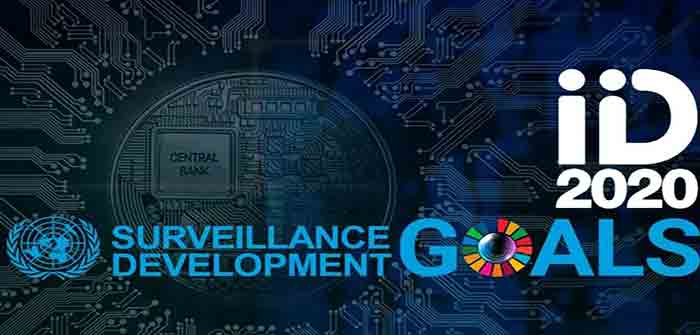
by Iain Davis and Whitney Webb at Unlimited Hangout
In Part 1 of our investigation into the United Nations’ (UN’s) Sustainable Development Goal 16 (SDG16) we revealed how the UN proclaims itself a “global governance regime.” We investigated the UN’s exploitation of so-called “human rights” as an authoritarian system of behavioural control permits, as opposed to any form of recognisable “rights.”
We examined how the UN uses what is calls the “policy tool” of human rights to place citizens (us) at the centre of international crises. This enables the UN and its “stakeholder partners” to seize crises as “opportunities” to limit and control our behaviour. The global public-private partnership (G3P), with the UN at its heart, redefines and even discards our supposed “human rights” entirely, claiming “crisis” as justification.
The overall objective of SDG16 is to strengthen the UN regime. The UN acknowledges that SDG16.9 is the most crucial of all its goals. It is, the regime claims, essential for the attainment of numerous other SDGs.
At first, SDG16.9 seems relatively innocuous:
By 2030, provide legal identity for all, including birth registration
But, as ever, when it comes to UN sustainable development, all is not as it initially appears.
SDG16.9 is designed to introduce a centrally controlled, global system of digital identification (digital ID). In combination with other global systems, such as interoperable Central Bank Digital Currencies (CBDCs), this can then be used to monitor our whereabouts, limit our freedom of movement and control our access to money, goods and services.
Universal adoption of SDG16.9 digital ID will enable the G3P global governance regime’s to establish a worldwide system of reward and punishment. If we accept the planned model of digital ID, it will ultimately enslave us in the name of sustainable development.
